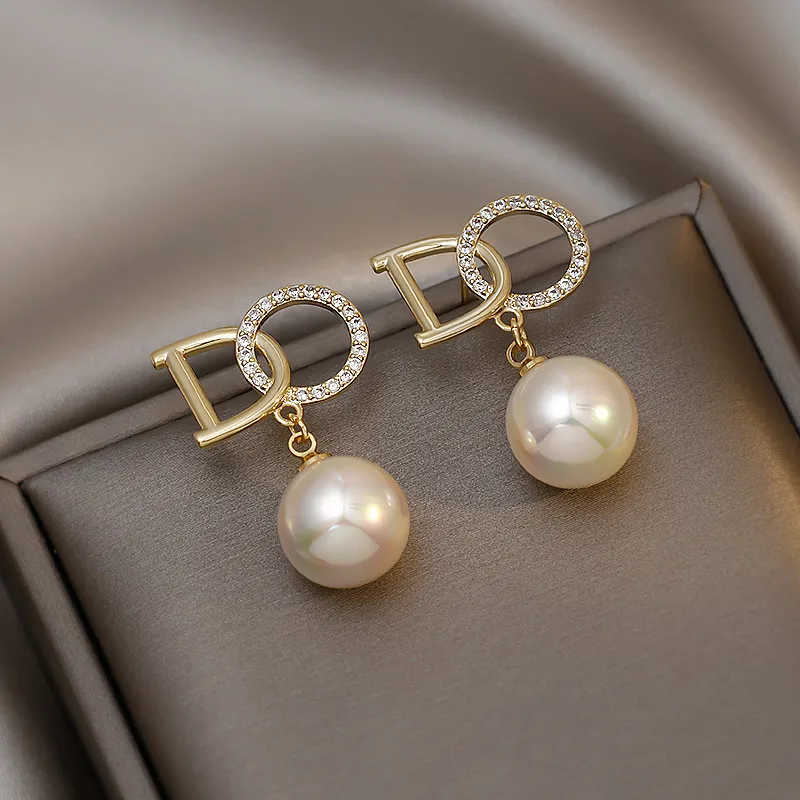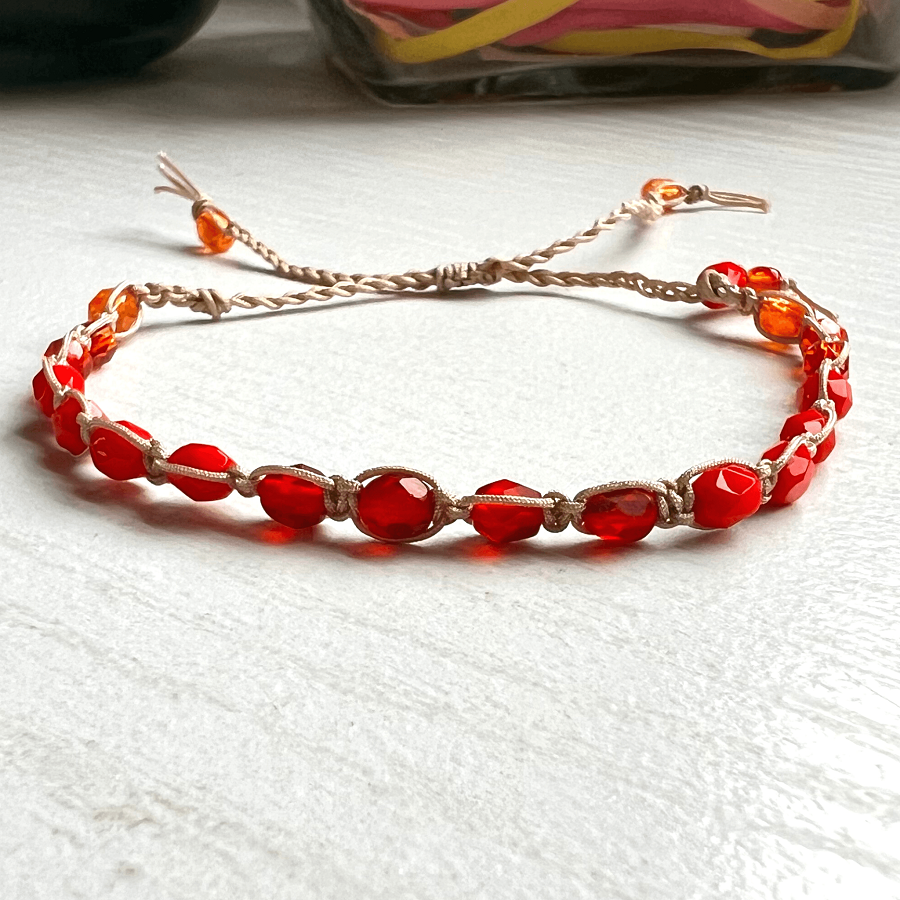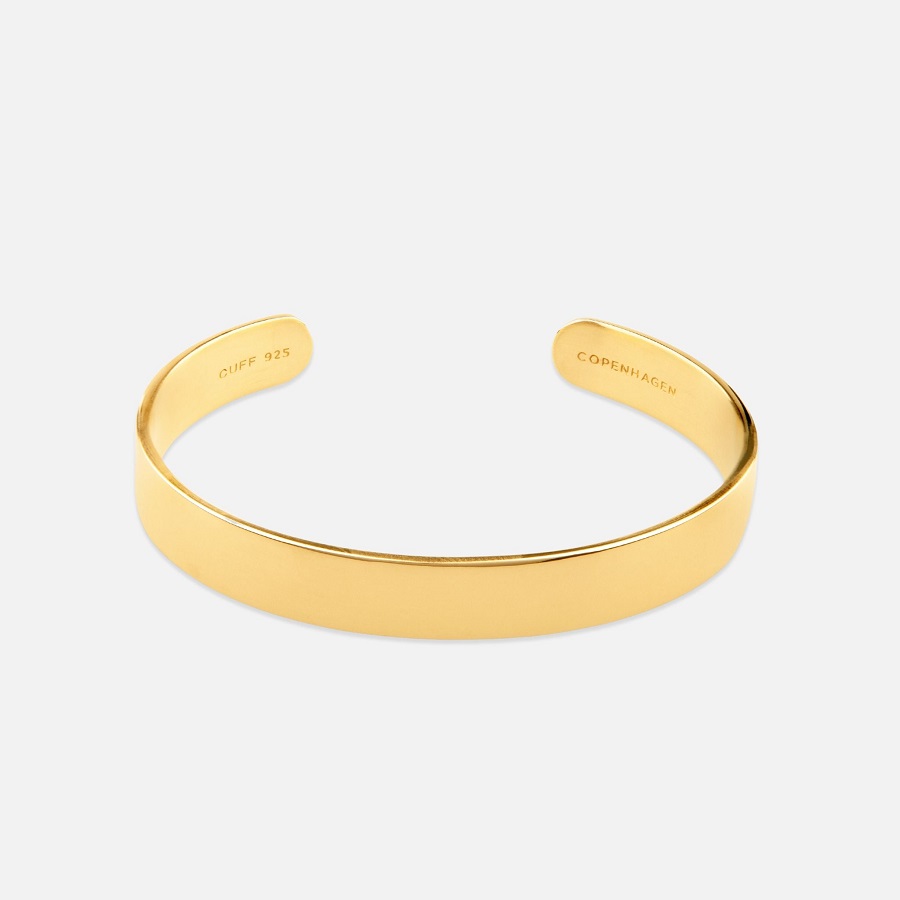It’s a common question that arises when you’ve just gotten your ears pierced: how long do you need to wait before you can change your earrings? The answer, unfortunately, isn’t simple. It depends on a number of factors, including the type of piercing, the quality of the jewelry, and your own body’s healing process.
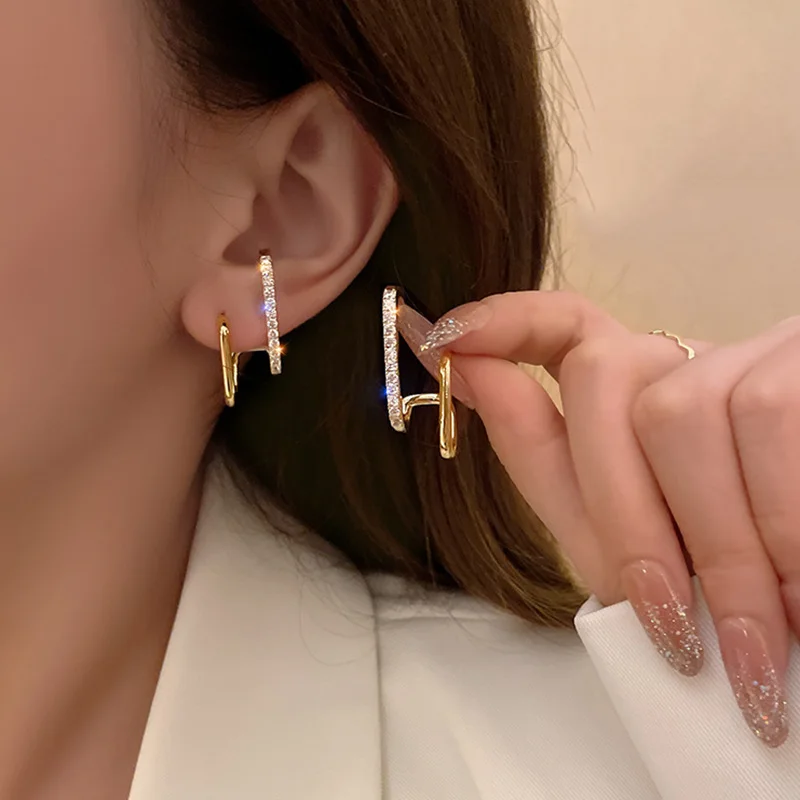 The Healing Process: A Look at the Stages
The Healing Process: A Look at the Stages
Understanding the healing process of a piercing is crucial to knowing when it’s safe to change your earrings. Here’s a breakdown of the different stages:
- Initial Stage (Days 1-3): The piercing is most sensitive and prone to infection during this period. The body is working hard to seal the wound and protect itself from bacteria.
- Inflammation Stage (Days 4-10): The area around the piercing might feel warm, tender, and slightly swollen. This is normal, but it’s important to keep the piercing clean and avoid touching it excessively.
- Granulation Stage (Weeks 2-6): The body starts producing new tissue to fill in the piercing channel. This stage might involve a slight discharge, which is usually clear or yellow.
- Maturation Stage (Months 6-12): The piercing channel fully heals and becomes less sensitive. This is when you can consider changing earrings more frequently.
Factors Affecting Healing Time
Several factors can influence how long it takes for a piercing to fully heal:
- Piercing Location: Earlobe piercings usually heal the fastest, typically within 6-8 weeks. Cartilage piercings, like helix or conch piercings, take longer to heal, often requiring 3-6 months or even longer.
- Piercing Type: Multiple piercings can increase the healing time. Additionally, piercings with a higher risk of trauma, such as industrial piercings, require extra care and patience.
- Jewelry Material: High-quality jewelry made of hypoallergenic materials, like surgical steel or titanium, are less likely to cause irritation and promote faster healing.
- Individual Healing Rate: Every individual heals differently. Some people might heal quickly, while others might experience slower healing.
- Hygiene and Aftercare: Proper cleaning and care of the piercing are essential for optimal healing. Neglecting hygiene can lead to infection and delay the healing process.
When It’s Safe to Change Your Earrings: A General Guideline
Here’s a general guideline on when it’s safe to change your earrings, keeping in mind that these are just suggestions and individual healing times may vary:
- Earlobe Piercings: You can usually change your earrings after 6-8 weeks, but it’s best to wait at least 12 weeks to ensure complete healing.
- Cartilage Piercings: It’s recommended to wait at least 3-6 months before changing earrings.
- Multiple Piercings: Allow for a longer healing time, potentially 6-12 months, for multiple piercings.
The Importance of Choosing the Right Jewelry
The type of jewelry you choose can significantly impact your piercing’s healing process and overall health.
- Avoid Irritating Materials: Cheap earrings made of materials like nickel, brass, or silver can cause allergic reactions, inflammation, and irritation.
- Choose Hypoallergenic Materials: Stick to high-quality jewelry made of surgical steel, titanium, or gold (at least 14k). These materials are less likely to cause reactions and are often recommended for new piercings.
- Consider Jewelry Size and Shape: Choose jewelry that fits comfortably and doesn’t irritate the piercing. Avoid large, heavy earrings, especially during the initial healing phase.
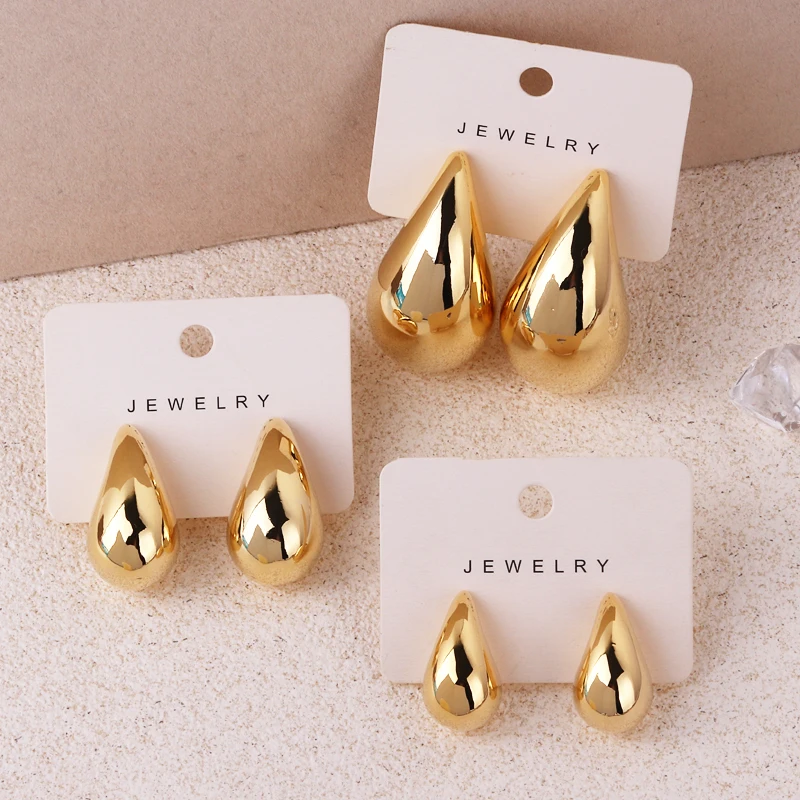 Signs You Shouldn’t Change Your Earrings Yet
Signs You Shouldn’t Change Your Earrings Yet
How long before you can change earrings
Even if you’ve reached the recommended time frame for changing earrings, there are certain signs that might indicate your piercing isn’t ready:
- Redness, Swelling, or Tenderness: These are all signs of an irritated piercing. It’s best to wait until the inflammation subsides before changing your earrings.
- Discharge: While a small amount of clear or yellow discharge is normal, excessive discharge or pus indicates an infection. Seek medical attention if you notice these symptoms.
- Crusting: Crusting around the piercing is common, but if it’s thick, sticky, or discolored, it could be a sign of infection.
- Pain: If you experience significant pain when touching the piercing or while changing earrings, wait until it heals further.
How to Safely Change Your Earrings
Once your piercing is fully healed, you can change your earrings more frequently. Here’s how to do it safely:
- Clean Your Hands: Wash your hands thoroughly with soap and warm water.
- Clean Your Earrings: Wipe down your earrings with alcohol wipes to remove any dirt or bacteria.
- Clean the Piercing: Use a saline solution or a piercing aftercare spray to clean the piercing site.
- Remove the Old Earrings: Gently twist the old earrings back and forth until they come loose.
- Insert the New Earrings: Gently push the new earrings through the piercing.
- Clean Again: Once the new earrings are in, clean the piercing once more with saline solution or piercing aftercare spray.
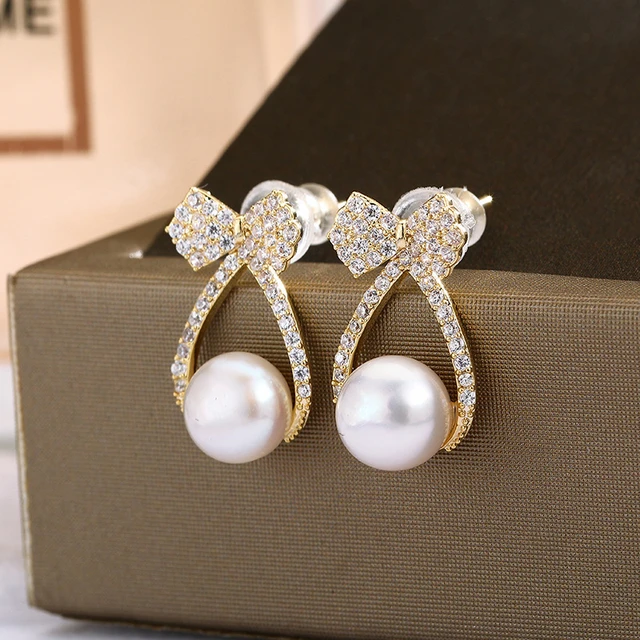 When to Seek Professional Help
When to Seek Professional Help
If you experience any unusual symptoms or concerns about your piercing, it’s best to seek professional help from a reputable piercer or a healthcare professional. They can assess your situation and provide guidance on how to manage any complications.
Some tips on how to pair earrings, rings, and necklaces:
Here are some tips on how to pair earrings, rings, and necklaces:
1. Consider the occasion:
- Formal events: Opt for elegant and classic pieces. For example, a delicate diamond necklace, simple stud earrings, and a thin ring.
- Casual outings: You can be more playful and expressive with your jewelry choices. Try statement earrings, layered necklaces, and chunky rings.
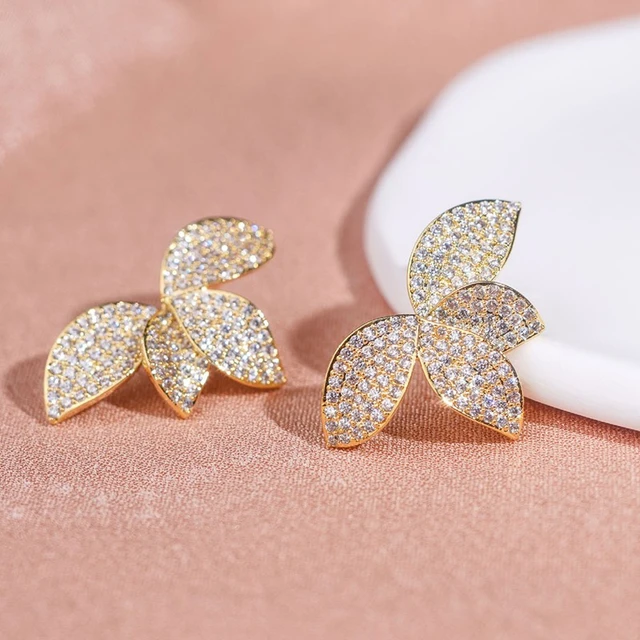 2. Match the metals:
2. Match the metals:
- Ideally, all your jewelry pieces should be in the same metal. This creates a cohesive look. However, mixing metals can be trendy if done with intention.
- Gold and silver: These metals are popular choices for jewelry. Consider wearing gold earrings with a silver necklace and ring, or vice versa.
- Rose gold: Rose gold complements both gold and silver, making it a versatile choice.
3. Coordinate the styles:
- Minimalist: If you prefer a simple look, stick to minimalist pieces. This could mean small stud earrings, a delicate chain necklace, and a single ring.
- Bohemian: Embrace earthy tones and textures, like turquoise earrings, a layered necklace with pendants, and stacked rings.
- Statement: If you want to make a bold statement, choose one standout piece and keep the rest of your jewelry minimal. For example, a large pair of hoop earrings, a simple chain necklace, and a single ring.
4. Pay attention to the neckline:
- High neckline: Small earrings or delicate necklaces are best.
- Low neckline: You have more freedom to wear statement earrings or longer necklaces.
- V-neckline: Try long pendant necklaces or long earrings.
5. Less is more:
- Don’t overdo it. It’s better to choose a few pieces that you love than to wear too much jewelry.
- Avoid layering too many necklaces, rings, or earrings together, as it can create a cluttered look.
6. Experiment and have fun:
- The most important thing is to find a style that makes you feel confident and comfortable. Don’t be afraid to experiment with different combinations until you find what works best for you.
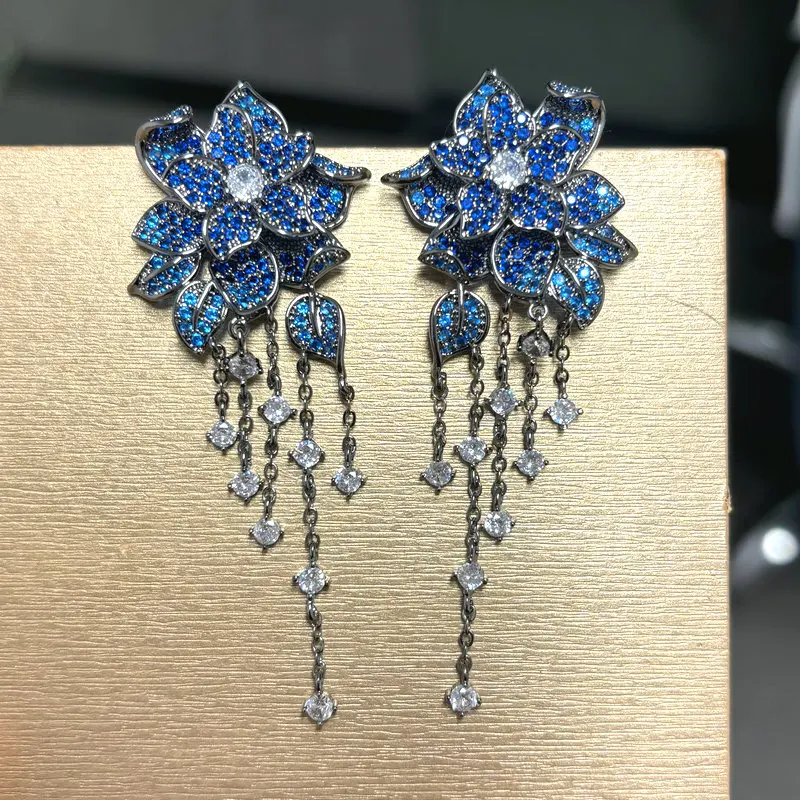 Conclusion: Patience is Key
Conclusion: Patience is Key
How long before you can change earrings
Changing earrings can be exciting, but it’s important to prioritize your piercing’s health and wait until it’s fully healed. Patience and proper care will help ensure a smooth healing process and allow you to enjoy your new piercings for years to come. Remember, every individual heals differently, so observe your piercing and seek professional help if you have any concerns.
